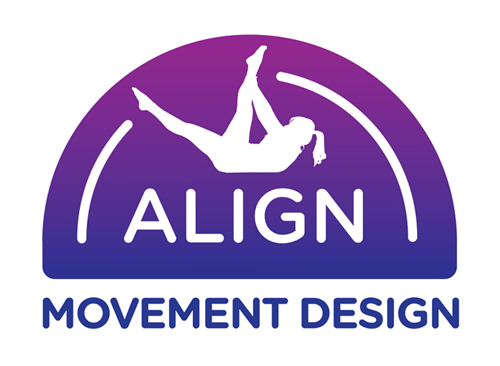Breath
Often when we begin a discussion about the breath, we hear words such as: short, long, holding, full, pause, deep, relaxed, chest, belly and ribs. So how should we breathe? There is a ton of information out there to read and listen and learn about breathing. Breathing is automatic, but we do have control over our breathing patterns through practice. In my personal studies about the breath (pranayama / study of the breath a term used related in yoga and meditation). I have concluded three important factors.
-Breathe through the nose when at all possible.
Breathing through the nose is not always easy because sometimes our nasal passages are clogged, or we have a deviated septum, some folks are mouth breathers and some just find it troublesome (I am sure there are numerous other reasons as well). There is quite a bit of scientific evidence that nose breathing is better for the physiology of the body. The nose clears particles from the air, heats and moistures the air for easier absorption on its path to a good functioning respiratory system. I remember when my teacher first told me we breathe 18-20 thousand times a day! That’s a lot of breathing, I want to do it the best I can.
-Cultivate a long, smooth, even breath pattern.
Cultivation of the breath takes years of practice to refine. But the good news is, it is easy to practice right away. Whether walking, sitting or lying prone or supine; there are numerous opportunities to create a healthy breathing pattern.
Walking a comfortable pace, breathe in and out, notice how smooth you can make your breath, then see if you can increase the length of your breath. It is a fun ‘game’ to play with yourself. You can use markers like trees or houses to play with the inhale and exhale.
Seated in a comfortable position on a chair or the floor, however your hips will not start talking to you. Sometimes sitting against the wall is helpful to keep the back/spine tall.
With your eyes closed softly, breathe in and out through the nose, focusing on a smooth even breath. Feel the breath on the upper lip.
Supine or prone are often the choice when first starting a breath practice because the body is in a more relaxed state. Oh yes, sometimes you are so relaxed you fall asleep! That is just fine, usually your best rest in a while.
-If my mind is unfocused bring my attention back to my breath.
The mind loves to wander, that can be a great thing to do, especially if you are endeavoring a creative project where you want your mind to think ‘outside the box’. But if we want to focus the mind, quiet the mind and often the body, our breath is a tool to help facilitate that connection. As a dancer and choreographer, one of my tools to begin a session would be to focus on my breath, my mind would clear out the unnecessary chatter and my creative juices would have a clear space to express. Certainly, teaching and healing the body, the breath has been an invaluable tool to open space for ideas and recovery.
In the Breath class that meets 3 times a month, we work on different breathing practices, yes, they are a practice. It definitely takes time and practice to begin to find your way around a variety of specific ways to identify which ones work best for you. And they change, as do you.
I reference many books when studying the breath. Here is a very short list.
The Science of Breath by Swami Rama, Rudolph Ballentine, MD and Alan Hymes, MD
Yoga: Mastering the Basics by Sandra Anderson and Rolf Sovik ,PsyD
Light on Yoga by BKS Iyengar
Light on Pranayama – The Yogic Art of Breathing by BKS Iyengar
Craniosacral Therapy by John E. Upledger
Polarity Therapy by Dr.Randolph Stone
The Anatomist’s Corner by Thomas Myers
Breath- The New Science of a Lost Art by James Nestor

